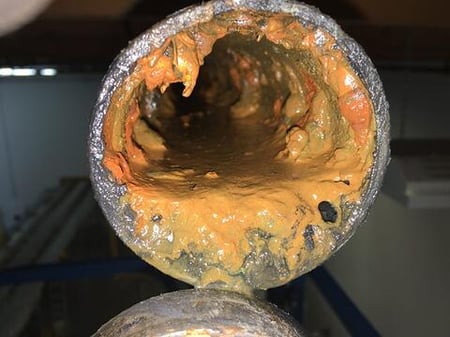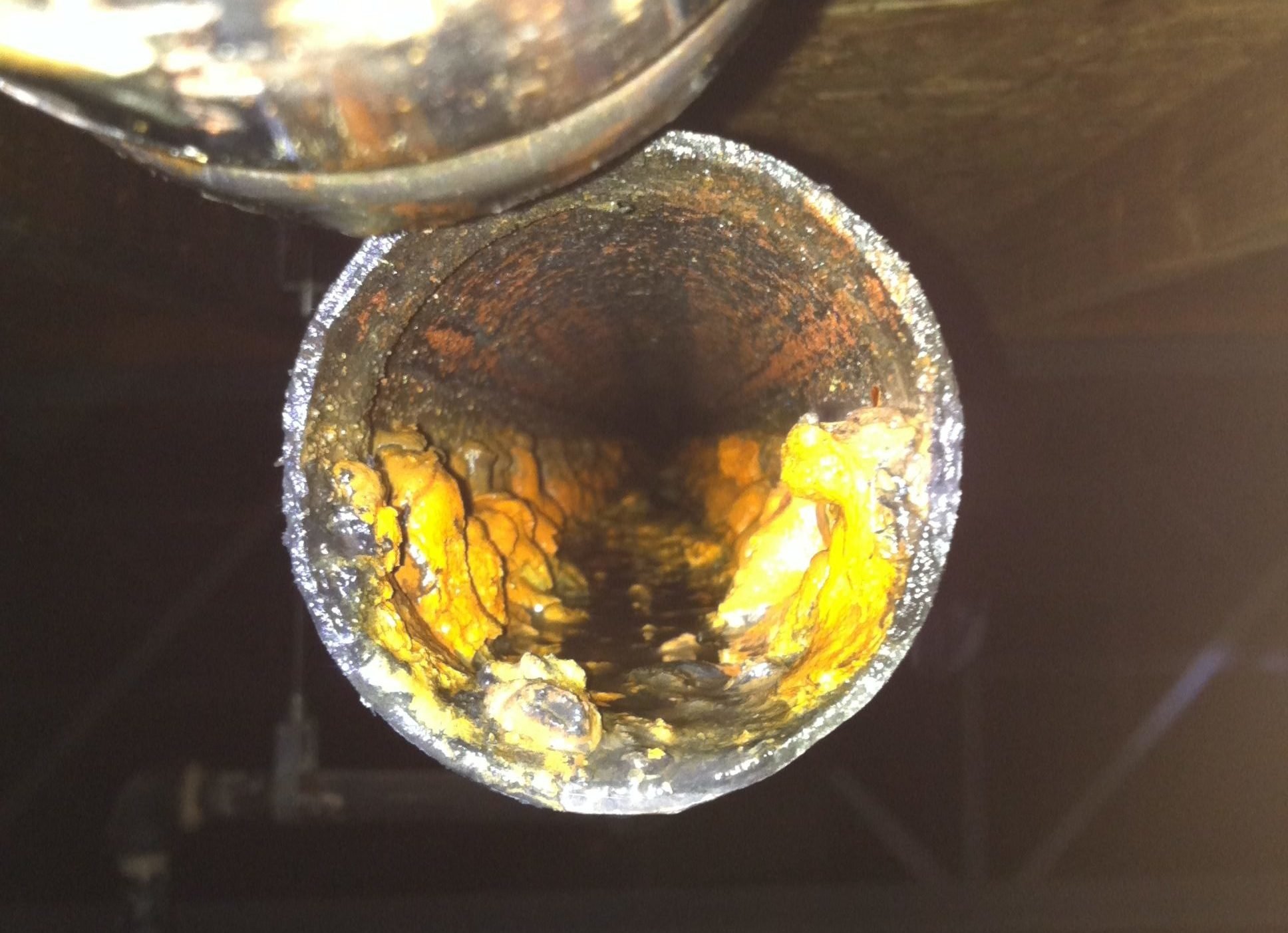Instead, perform a pipe sample metal loss analysis. This analysis directly observes the amount of metal left on your pipe wall, and it will gauge the current rate of corrosion and expected future life of your pipe.
 Corrosion occurs over the life of a sprinkler system, but there are specific events when understanding your risk level is critical.
Corrosion occurs over the life of a sprinkler system, but there are specific events when understanding your risk level is critical.
• When purchasing or selling a building
• During your 5-year internal inspection
• After leaks have developed on the system
ECS Consulting Group can help determine your current level of risk, so you know how to manage corrosion in your sprinkler system over the life of the building.
ECS closes the gap between compliance and risk mitigation for property owners and managers.
We know your property is valuable and we take the time to understand your needs, goals, and concerns. Then, we’ll work with you to build the right solution for your system, and for your business and safety needs. In practice, this enables you to identify corrosion issues before leaks develop and implement a strategy to extend the useful service life of your piping.
We’ve worked for decades to save our clients millions of dollars in pipe replacement costs and business continuity expenses.
Let us to resolve your challenges and protect your profitability.
Corrosion in fire sprinkler systems can occur without any outward signs. Although you may not have leaks now, code mandated system testing, and standard sprinkler system design makes corrosion and its resulting leaks inevitable.
Even if you don’t have leaks now, it is critical to perform proactive analysis to determine your system’s current level of damage. Think about it this way, we manage the lifecycle cost of almost every system in the building, but without knowledge of the current condition of your sprinkler system, its lifecycle cost can’t be managed.

An aerospace manufacturing facility was experiencing significant leaks that exposed high-value equipment to potential permanent damage and put delivery to customers at risk. Working with their service contractor, ECS put together a plan to assess the condition of the system and mitigate future risk due to corrosion. Read more.
Stay informed. Check out our Resources where you’ll find Case
Studies, Videos, and more.
© 2025 Engineered Corrosion Solutions, All rights reserved. Intellectual Property | Privacy Policy